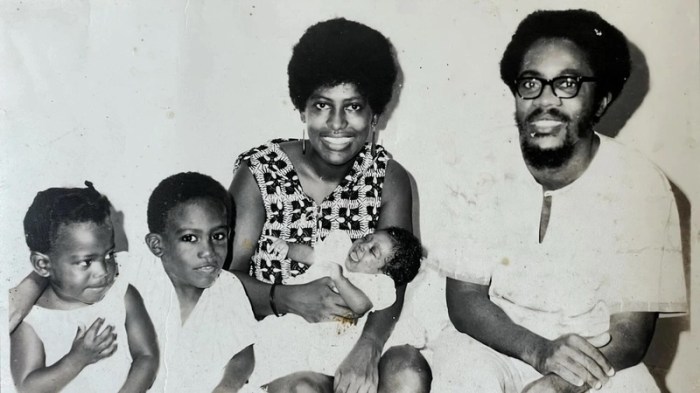The Atlanta, GA-based Centers for Disease Control and Prevention (CDC) has warned that the chikungunya outbreak in Caribbean and Central and South American countries continues to spread with no sign of slowing down.
CDC experts are, therefore, warning that the painful mosquito-borne disease will likely continue to infect travelers to the region during the rest of this year and beyond.
The outbreak, which began last December, has caused an estimated 795,000 chikungunya fever cases in 37 countries and territories in the Western Hemisphere as of the end of October, said CDC in its latest update.
It said more than 1,600 travelers returning to the United States with chikungunya fever have been reported, as of Nov. 4, 2014.
Before this outbreak, CDC said an average of 28 travelers with chikungunya fever returned to the United States each year.
CDC estimates that about 9 million people travel between the United States and Caribbean each year.
“During fall and winter, people in the United States might not be thinking about mosquitoes as a risk for diseases. So those who will be visiting the Caribbean or Central or South America should be aware of the risk of chikungunya in these areas this fall and winter and remember their insect repellent and other tips for staying safe,” it said in a statement.
Dr. Roger S. Nasci, chief of CDC’s Arboviral Diseases Branch, said the beginning of fall means that mosquito problems in the continental United States will be decreasing.
“However, travelers to areas where the chikungunya outbreak continues are at risk of becoming infected,” he cautioned. “It is important that travelers understand these risks and take appropriate actions to prevent being bitten by mosquitoes,”
The CDC said preventing mosquito bites is the best way to avoid chikungunya and other mosquito-borne illnesses, adding that the mosquitoes that spread chikungunya bite mostly during the daytime.
CDC recommends using insect repellent and wearing long-sleeved shirts and long pants during the day and staying in air-conditioned or well-screened rooms at night.
It said that those using sunscreen should apply insect repellent after sunscreen.
Some travelers may be more likely to get chikungunya, depending on where they travel and the length of their trip, CDC said.
It said travelers more likely to have severe disease if they are infected (high-risk groups) include people older than 65 and those with arthritis or serious underlying medical conditions, such as high blood pressure, heart disease, or diabetes.
CDC advises travelers in high-risk groups to discuss their travel plans with their health care provider before leaving.
It said people infected with chikungunya virus typically develop fever and joint pain.
Other symptoms can include muscle aches, headaches, joint swelling, or rash.
CDC urges travelers who return from areas with chikungunya activity and have symptoms of the disease to seek medical care and tell their health care provider about their recent travel.
“Infection with chikungunya virus is rarely fatal, but the joint pain seen with chikungunya can often be severe and debilitating,” CDC said. “The virus is not spread between people.
“There is no vaccine and no specific treatment for the infection,” it added. “Patients recover in about a week, although some people have long-term joint pain. Infection is thought to provide lifelong immunity.”























